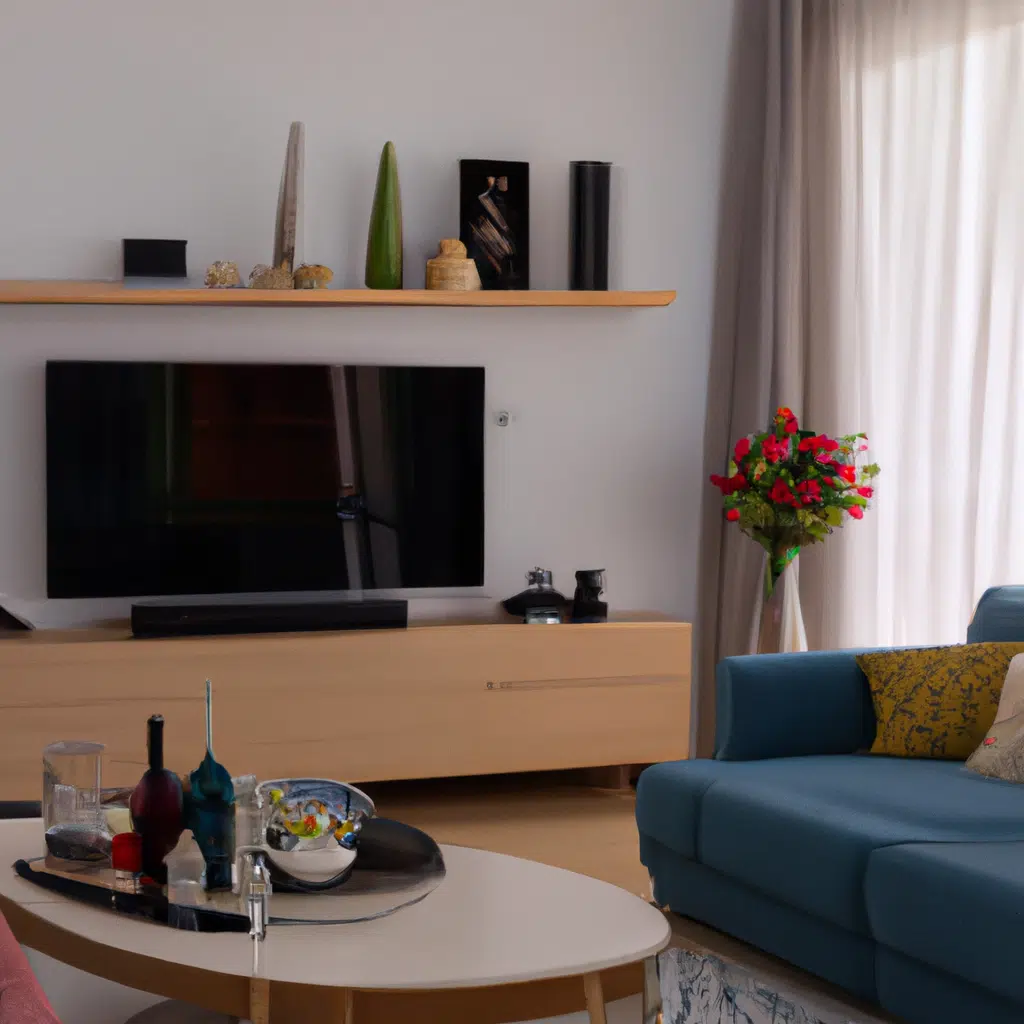As pet lovers, we understand how important it is to keep our furry friends safe and happy. Our pets are family, and just like we baby-proof our homes for our children, it’s crucial to pet-proof our homes too. Pet-proofing your home is essential for your pet’s safety and your peace of mind. In this article, we’ll share tips on how to keep your belongings safe and your pet happy.

What is Pet-Proofing and Why is it Important?
Pet-proofing is the process of making your home safe for your pets. It involves identifying and eliminating potential dangers that could harm your pet. Pet-proofing also helps protect your belongings from being damaged by your pet. It’s essential to pet-proof your home because pets are curious creatures that love to explore their surroundings. They can chew on electrical cords, eat poisonous plants, and get into household chemicals, which can be harmful or even deadly to them.
Start by Identifying Potential Hazards
The first step in pet-proofing your home is to identify potential hazards. Walk around your home and look for anything that could harm your pet. Start with the basics, such as electrical cords, chemicals, and poisonous plants. Keep cleaning supplies, medications, and chemicals locked away in a cabinet or closet. Use baby gates to block off areas where you don’t want your pet to go, such as the kitchen or bathroom.
Keep Your Belongings Safe
Pets love to chew on things, and your belongings are no exception. To protect your belongings, start by keeping expensive or fragile items out of your pet’s reach. This includes items such as vases, picture frames, and decorative items. Keep shoes and clothing in closets or drawers and don’t leave them lying around. If your pet has a habit of chewing on certain items, try to redirect their attention to a safe chew toy.
Provide Safe and Comfortable Spaces for Your Pet
Pets need a safe and comfortable space to call their own. This includes a bed, toys, and a designated area for them to eat and drink. Make sure their space is clean and free of any potential hazards. If your pet is crated, make sure the crate is the appropriate size for your pet and that they have access to food and water. If your pet has a habit of chewing on their bed or toys, make sure to replace them regularly.
Be Mindful of Your Pet’s Diet
Your pet’s diet is an essential part of their overall health and well-being. Make sure to feed your pet a balanced diet that is appropriate for their age and breed. Keep human food out of reach, as many types of human food can be harmful or toxic to pets. This includes chocolate, caffeine, and alcohol. If you’re unsure what foods are safe for your pet, consult with your veterinarian.
Make Sure Your Pet is Properly Identified
In case your pet gets lost, it’s crucial to make sure they have proper identification. This includes a collar with an ID tag that includes your contact information and a microchip that can be scanned by a veterinarian or animal shelter. Make sure to update your pet’s identification information if you move or change your contact information.
Conclusion
Pet-proofing your home is essential for your pet’s safety and your peace of mind. By following these tips, you can create a safe and comfortable environment for your furry friend. Remember to identify potential hazards, keep your belongings safe, provide a safe and comfortable space for your pet, be mindful of their diet, and make sure your pet is properly identified. With these steps, you can keep your pet happy and healthy while also protecting your home and belongings.
